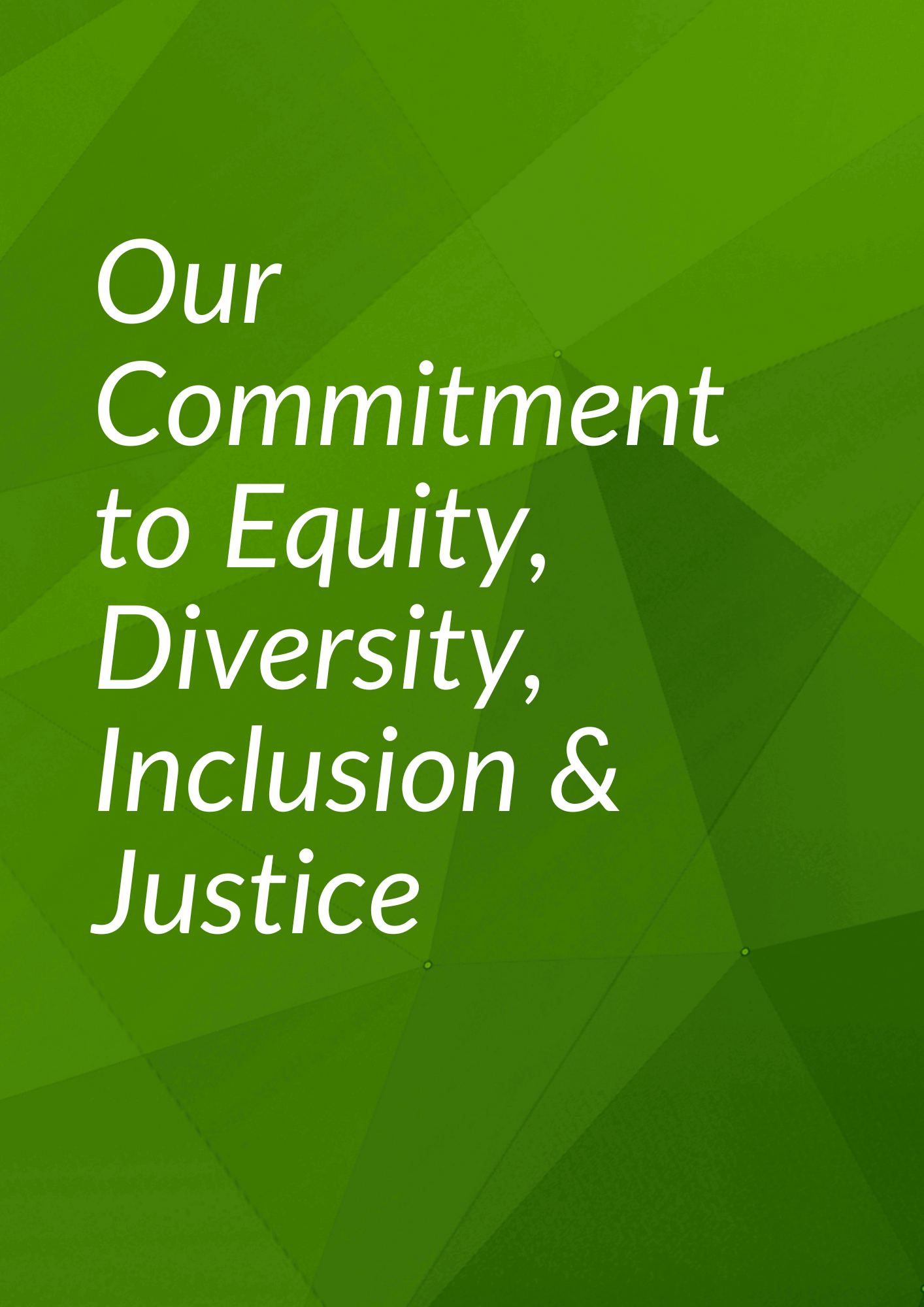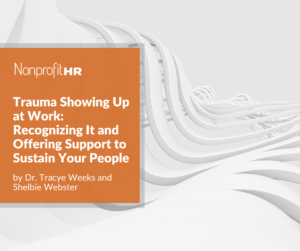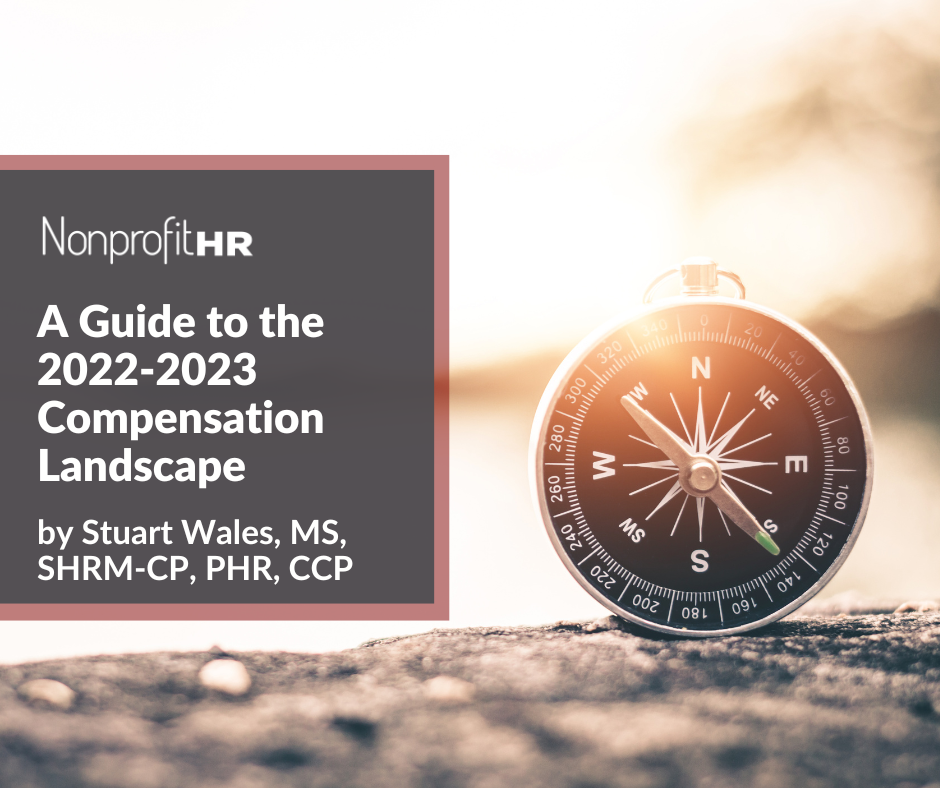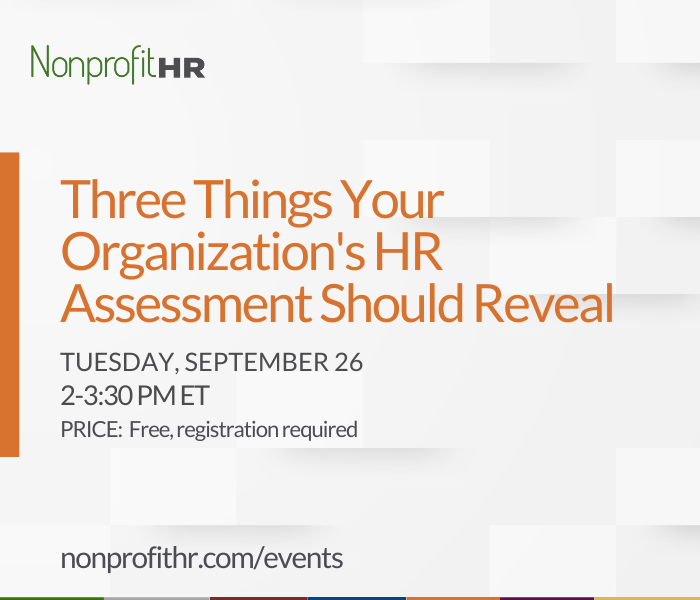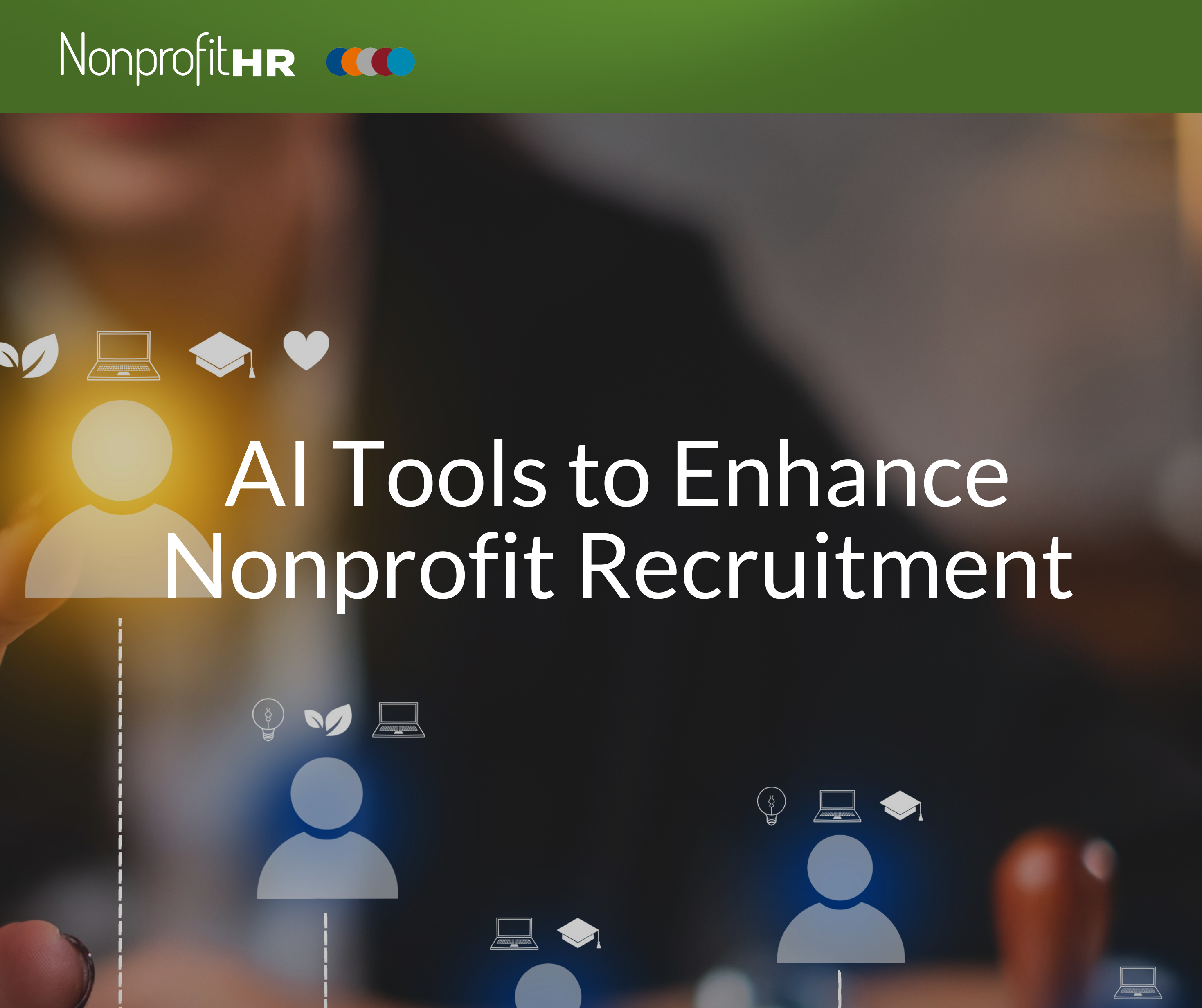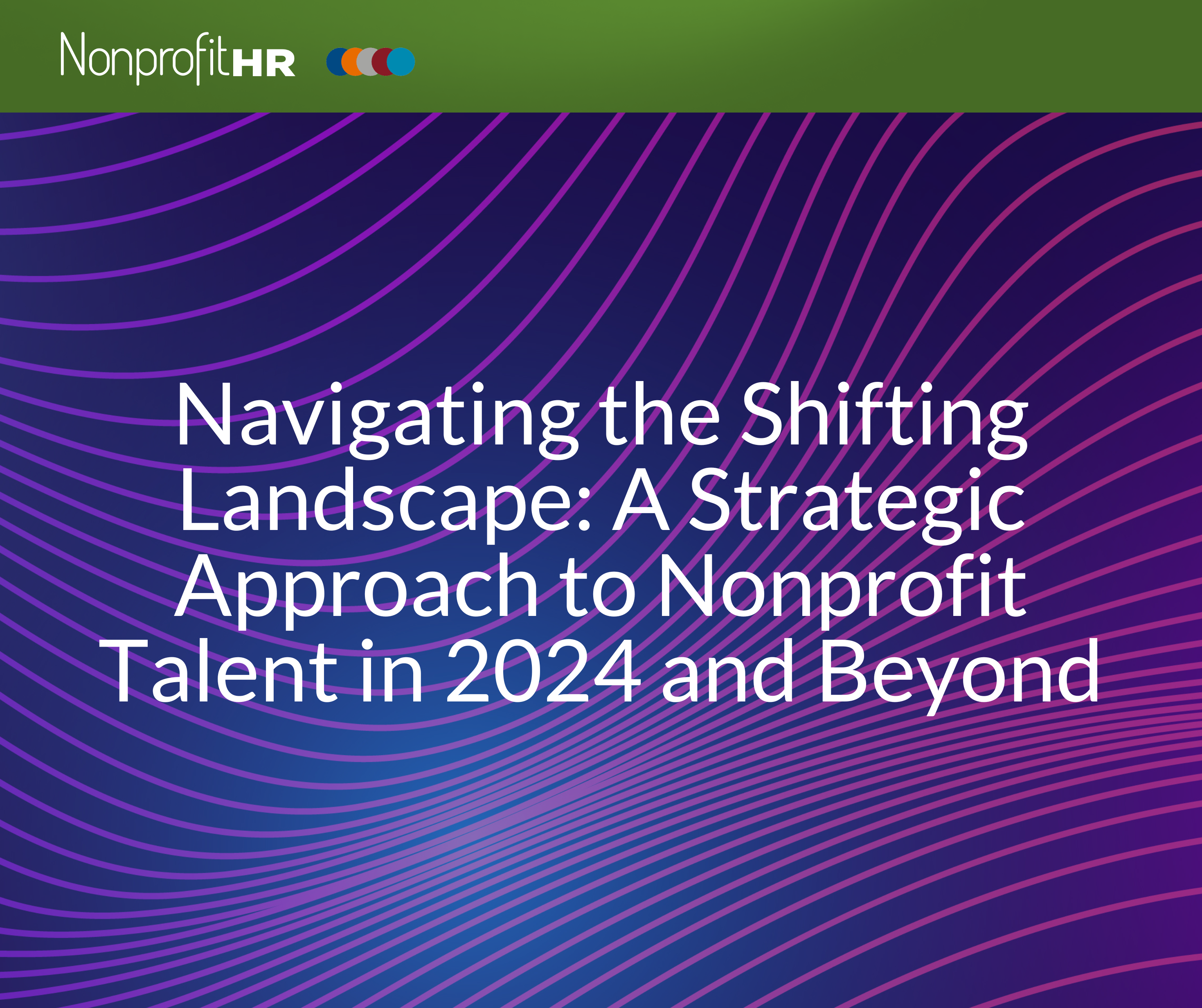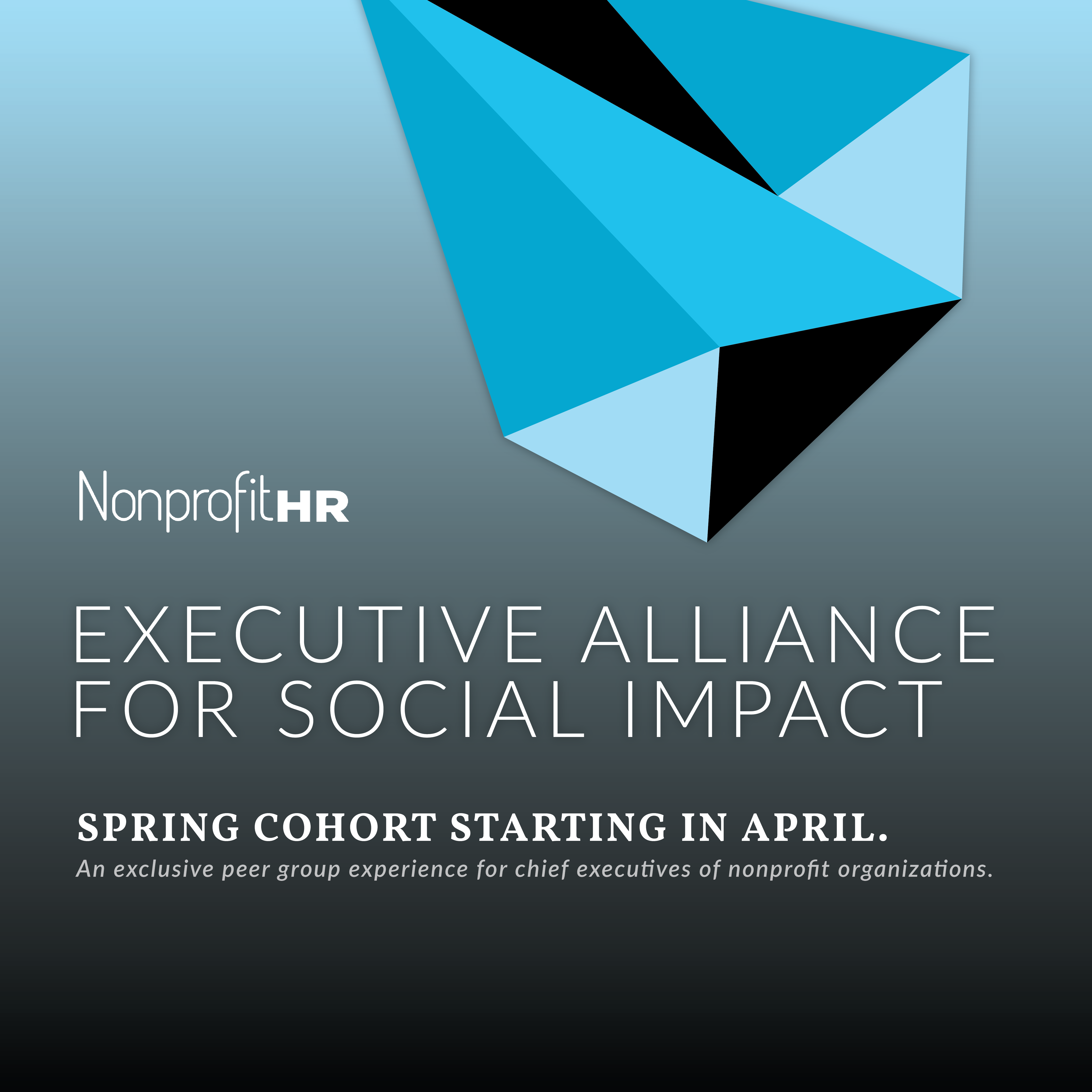WTOP: 5 ways nonprofits can…
Organization #1:
To apply, please submit your resume, cover letter, three to five professional references, two writing samples, complete our personality assessment, upload your passport, three family photos and a recent diary entry.
Organization #2:
*Turns on LinkedIn Easy Apply*
One of these organizations received two applicants for their open position over six months, and the other had 2,971 applicants, only three of whom appeared to have read the job description.
What we request from candidates during the application process can have a major impact on the quantity and quality of our applicant pools. Front and center in this decision is the cover letter*. Should an organization require that applicants submit a cover letter? What should go in a cover letter? Are cover letters even that useful? This is a hot debate in talent acquisition circles right now.
Before I tell you what side of this debate I fall on, I want you to be aware that I realize that 50% of the people reading this blog love cover letters and 50% of you hate them. I spend a fair amount of time on HR and recruiting message boards and other social media spaces, and there are some very strong opinions. Fortunately, my opinion is a bit softer, though no less informed.
Here’s a pro/con list that I’ve created to help us examine the issue:
Pros:
- Useful: As someone who reviews many job applicants, I’ll confess that I find cover letters to be valuable. When reviewing applications, I start with a resume, but if the resume indicates that the candidate meets basic requirements, I move on to the cover letter and give it a good solid skim.
- Following Instruction: In addition to gaining valuable insights from what the candidate writes in the cover letter, I also gain a lot from whether or not the candidate took the time to write one. That’s a useful data point for me as a recruiter. Is it a deal breaker? No. I’ve hired candidates who didn’t write a cover letter because their experience was so perfect I couldn’t pass them up. I’ve also nudged plenty of promising candidates to write one. Their not writing one in the first place was a “minus,” but it wasn’t a deal breaker.
- Context: There are some roles that really benefit from the ability to contextualize the skillset. For example, I’ve hired a position that listed “lived experience with homelessness” as a preferred qualification. Someone’s lived experience with homelessness does not translate very well on a resume, but can absolutely be addressed with the needed amount of nuance and context in a cover letter.
Cons:
- Removing Barriers: When trying to fill a niche position, you want many people to apply. Removing barriers to entry and making it as easy as possible for a candidate is a good thing. Having too many resumes to review is a better problem than having too few.
- Generic: Cover letters are time-consuming to write, so candidates often duplicate cover letters or create generic documents that aren’t personalized to your organization or the role (maybe a few words are changed here and there, but that’s about it). Some are even ghostwritten!
- AI-Generated: Candidates are already (and understandably) catching on to the fact that they can create cover letters using Chat GPT and other AI tools.
- Time-Consuming: Cover letters take candidates a long time to write, and take recruiters and hiring managers a long time to review. Who has that kind of time? And sometimes people don’t even check them! Why on earth would you require someone to take the time to write a cover letter and then not even read it!?!?
- Shifting Sentiment: This last point may be the strongest one. The tides are turning. Candidates don’t like having to write cover letters, and more and more they will start to skip over jobs that require cover letters.
So what’s the verdict???
***Drum Roll***
There is no clear verdict … sorry!
According to a survey conducted by CareerBuilder, 53% of employers require candidates to submit more than just a resume when applying to a job. And a candidate-facing survey conducted by Glassdoor found that 50% of candidates don’t submit cover letters when applying to jobs, while 50% do. This is not what I would call a consensus!
But fear not, because I have a perfect compromise … application questions!
Most applicant tracking systems (ATS) now allow you to create custom questions to ask of all applicants who apply to an organization, or to a specific role. One of our clients that works heavily in the racial equity space asks three questions of all candidates who apply to roles at their organization:
- One question asks candidates how they approach working collaboratively across a diverse team.
- One question asks candidates to identify three factors that contribute to their employee satisfaction.
- A third question requesting them to share one of the organization’s core values related to diversity, equity and inclusion, and asking candidates to speak to how this core value relates to their chosen career path.
These application questions are designed to be short-answer (approximately one paragraph) and are focused, removing the variance and ambiguity that can come with the cover letter. You can tie them to your organization’s core values, use them to illuminate or expand on a critical skillset or assess a candidate’s writing style.
Perhaps it’s time to consider: Is replacing the cover letter with two to three strategically-chosen short-answer questions the right choice for your organization?
If you need help improving your organization’s hiring processes and best practices, Nonprofit HR’s team of expert search consultants would love to partner with you to level up your talent acquisition game.
*Why are we still calling it a cover letter, btw? Turns out it was a term coined in the ‘50s and was no doubt intended to be printed (typewritten?) and attached to the front of your resume. I’m not sure about the rest of you, but I haven’t owned a printer since 2008 and don’t know where my closest Kinkos is. Perhaps it’s also time we update the name of this treasured document?






